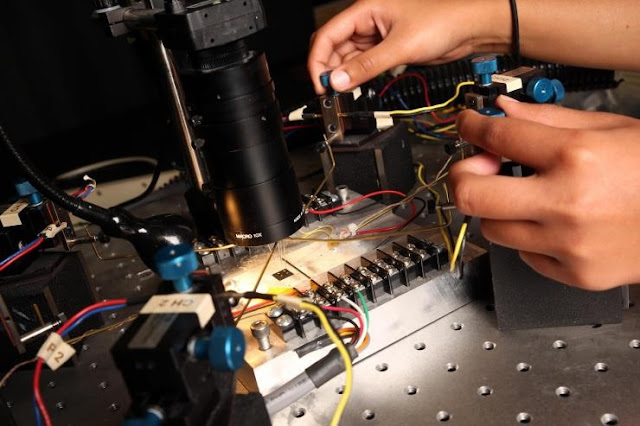Amazingly faster performance with lower RAM usage is the key highlight of Firefox’s Quantum Browser
Once the web browser world was ruled by the Internet Explorer then came the Google Chrome which simply established itself as the numero uno with no major threats. Firefox is waging the war to dethrone the Chrome from the top position and to regain its dominance in the arena but it wouldn’t be a cake walk. Firefox is lying just at the bottom of the major popular web browsers by amounting just 9.1 market share and running right below the Microsoft Edge and Safari browser. Mozilla is looking forward to change its fortune with the launch new improved and faster Firefox Quantum browser.
Quantum translates into a fast browser
The Firefox Quantum browser comes with a built-in technology running on the 64 bit but at the same time it makes use of 30 per cent lesser RAM than other conventional browsers. In this way Firefox is competing right against the Chrome by offering better performance by lesser utilization of the map but this isn’t being communicated with the target audience with a massive PR strategy.
Firefox has went with a major overhaul for its browser by improvising not just the user interface but also the browser engines which power the search results. The new engine powering the Firefox Quantum browser comes has the ability to work in parallel manner which make sit amazingly faster than the earlier version of the web-browser due to the user of the latest Servo engine. Mozilla has even stated that this Servo engine will be able to offer support for the Mixed Reality features and functionalities which are expected to be next big thing in the technology world.
Bigger change for better browsing
This new browser has also lowered the user interface gradients to bring better visibility to the users. Microsoft Edge browser made a bad decision getting rid of the gradients which made it extremely difficult to navigate through the browser but that aren’t the case with Firefox’s browser. On the benchmark test this browser glides like a charm and comes with better numbers than all the browsers in the competition. The Speedometer benchmark gave this browser a score of mighty 70 compared to the 45 which the pre-Quantum Firefox browser came up with. Using the JetStream benchmark tests everyone was surprised with the 151 score achieved by the Firefox Quantum when compared to the Google Chrome’s 144 score.
All the benchmark testing and normal day-to-day usage suggests that this Firefox browser is way faster and snappier than other browser available in the market. Firefox has fixed all the bugs related to performance as well as responsiveness to enhance the overall user experience. Quantum browser certainly appears to be a major upgrade over the earlier version of the Firefox and it is right step towards bringing better browsing experience to the users. Now it all depends on the users whether they adopt the Firefox Quantum browser to increase its market share and give a stiff completion to the omnipotent domination of the Google Chrome.


























